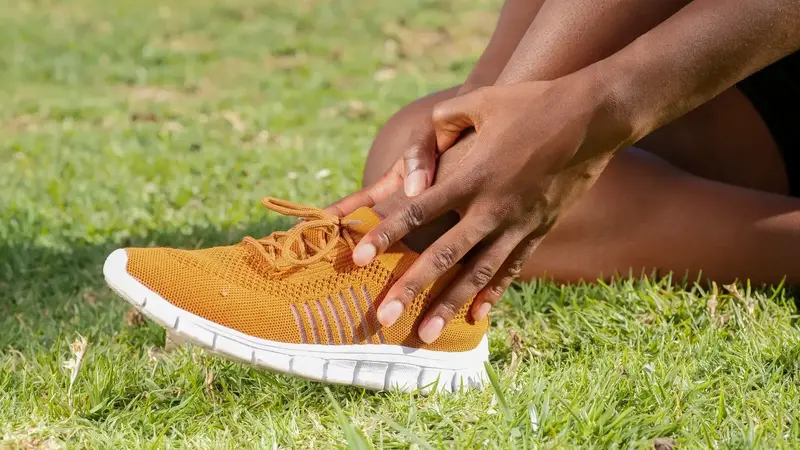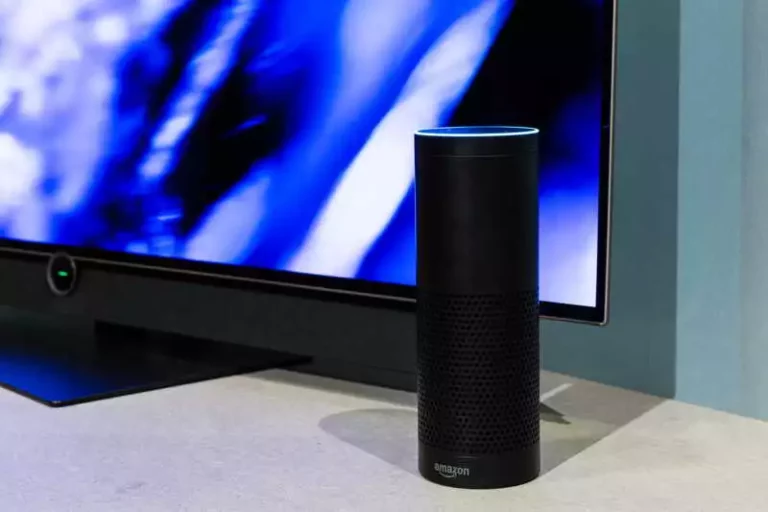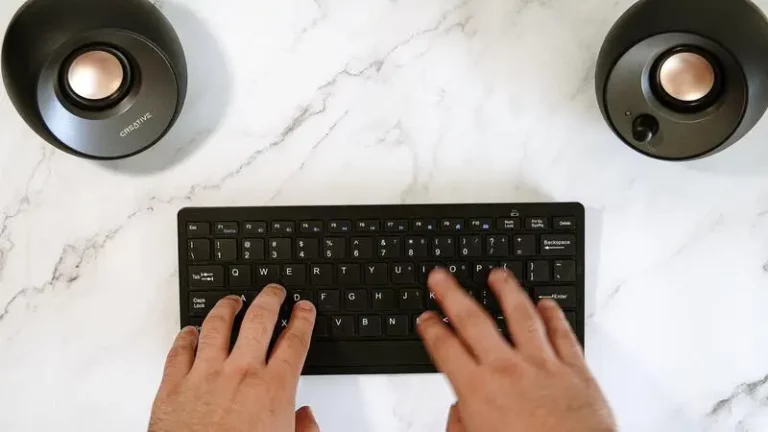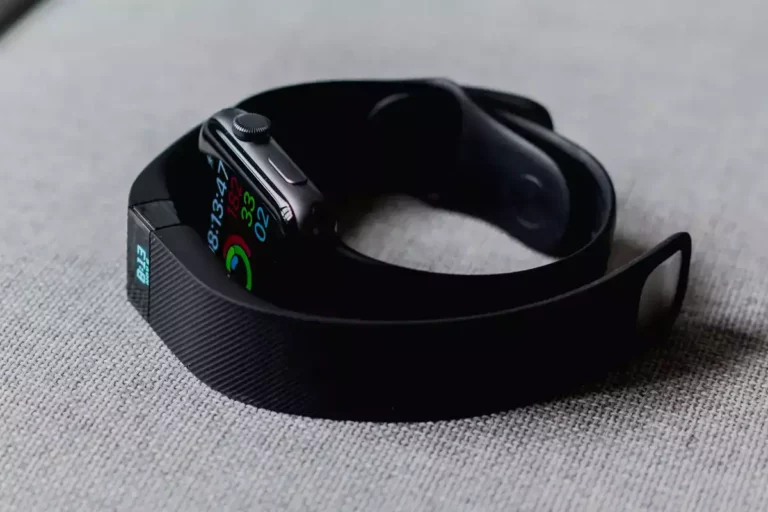Can You Wear a Fitbit on Your Ankle? (Solved!)
This site contains affiliate links to products, and we may receive a commission for purchases made through these links.
There’s been a lot of buzz lately about Fitbits and other fitness trackers. People love them because they help you stay accountable for your activity levels, and they’re a great way to see how you’re improving over time. But can you wear a Fitbit on your ankle?
Yes, you can wear a Fitbit on your ankle! Many people find that wearing their Fitbit on their ankle is more comfortable than wearing it on their wrist. However, the Fitbit is designed to be worn on your wrist, so wearing it on the ankle may reduce its effectiveness.
In this blog post, I’ll explain if you can wear a Fitbit on your ankle and give you the pros and cons of doing the same.

Wearing the Fitbit on Your Ankle
The Fitbit tracker is essential to the Fitbit experience. It’s a small, lightweight device you wear on your wrist or ankle. The tracker contains sensors that track your activity level and sleep quality.
The Fitbit app then takes this data and gives you feedback on how active you are, how well you’re sleeping, and more. Fitbit does not advocate wearing it on your ankle since it is a wrist-based fitness tracker.
It cannot correctly record your activities and other body metrics worn on the ankle since it is not meant to be worn there.
Suppose you wear your Fitbit on your ankles. In that case, you won’t be able to utilize several of its capabilities, such as heart rate monitoring, blood oxygen monitoring, calorie counting, sleep tracking, etc.
Wear it around your ankles if you don’t mind giving up a few characteristics.
READ MORE! Can Fitbit Charge 5 Play Music Without The Phone? Review!
How To Wear a Fitbit on Your Ankle
If you want to wear your Fitbit on your ankle, there are a few things you need to keep in mind.
1. Safety
You need to make sure that the band is not too tight and not too loose. A good rule of thumb is to make sure you can fit two fingers underneath the band.
If it’s too loose, it will fall off; it will cut off your circulation if it’s too tight.
2. Comfort
You also need to make sure that the band is comfortable. Some people find that wearing the Fitbit on their ankle is more comfortable than wearing it on their wrist.
If you’re one of those people, make sure you choose a band that’s comfortable to wear.
3. Accuracy
The tracker should align with your calf muscle, about two to three finger-widths above your anklebone. This will ensure that the tracker correctly tracks your activity level and sleep quality.
4. Style
Finally, you need to make sure that the band matches your style. There are a lot of different bands available, so you should be able to find one that you like.
5. How to Wear the Fitbit on Your Ankle
The Fitbit devices are not meant to be worn on the ankle. This is why there is no ankle strap supplied with your order.
However, Fitbit ankle bands are available from third-party manufacturers on Amazon and elsewhere.
You may want to give it a go if this is what you’re searching for.
In general, they’re less than $10. You just need to insert the device into the ankle band, and you are ready to go.
READ MORE! Can You Wear a Bluetooth Watch on the Inside of Your Wrist?
Who Needs to Wear the Fitbit on the Ankle?
The people who need to wear the Fitbit on their ankles are those with very active lifestyles.
An ankle tracker is a great option if you’re constantly on the go and don’t have time to stop and put your wristband back on. It will stay in place no matter what you’re doing.
The following categories of people will benefit from wearing the Fitbit on their ankles:
- Athletes
- Nurses
- Cooks
- People with disabilities (Those without hands in an accident or diseases)
An ankle tracker is a great option if you fall into one of these categories.
Pros of Wearing the Fitbit on Your Ankle
There are both pros and cons to wearing the Fitbit on your ankle. I’ll go over a few of them here.
1. Falling Off
You don’t have to worry about it falling off if you’re constantly moving around. The Fitbit is more secure on your ankle than on your wrist.
2. Tracking
It can still track your steps, distance, and calories burned, even if not on your wrist.
3. Keeps Your Wrists Free
If you don’t like wearing things on your wrists, then an ankle tracker is an excellent option for you. It is more comfortable when you’re not constantly moving your wrist.
Cons of Wearing the Fitbit on Your Ankle
1. Incorrect Tracking
The tracker might not track your activities correctly if it’s not in the right position. Make sure you follow the instructions on how to wear it correctly.
2. Less Accuracy
It is less accurate than when worn on the wrist since it’s not meant to be worn on the ankle.
3. Irritation
It might cause irritation if it’s too tight or if you have sensitive skin. Make sure you choose a band that’s comfortable to wear.
4. Style
It might not match your style as well as a wristband would. If you’re looking for a more sophisticated look, you might want to stick with the wristband.
5. Wrong Sizing
If you have a small wrist, it can be difficult to find a wristband that fits correctly. Wearing the Fitbit on your ankle eliminates this problem.
6. Checking Time
The Fitbit displays essential information on the screen. It may be difficult to check the time you’re wearing the Fitbit on your ankle or any other information you need to see on the screen.
READ MORE! Can Tattoos Affect SmartWatch Functions? (Solved!)
Final Thoughts
You can wear a Fitbit on your ankle, but there are some things you need to consider before you do. Make sure you choose the right band and that it’s comfortable to wear.
Also, remember that it might not be as accurate as when worn on the wrist.
I hope this article has helped you learn whether or not you can wear your Fitbit on your ankle.

Espen
Espen is the Director of ProPairing and has written extensively about Bluetooth devices for years. He is a consumer product expert and has personally tested Bluetooth devices for the last decade.






